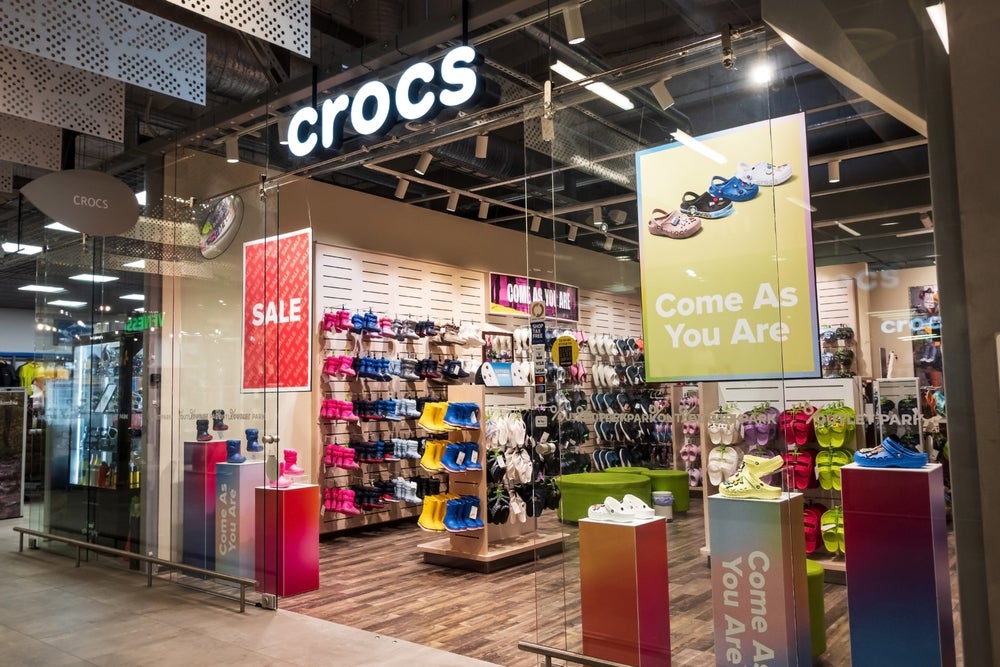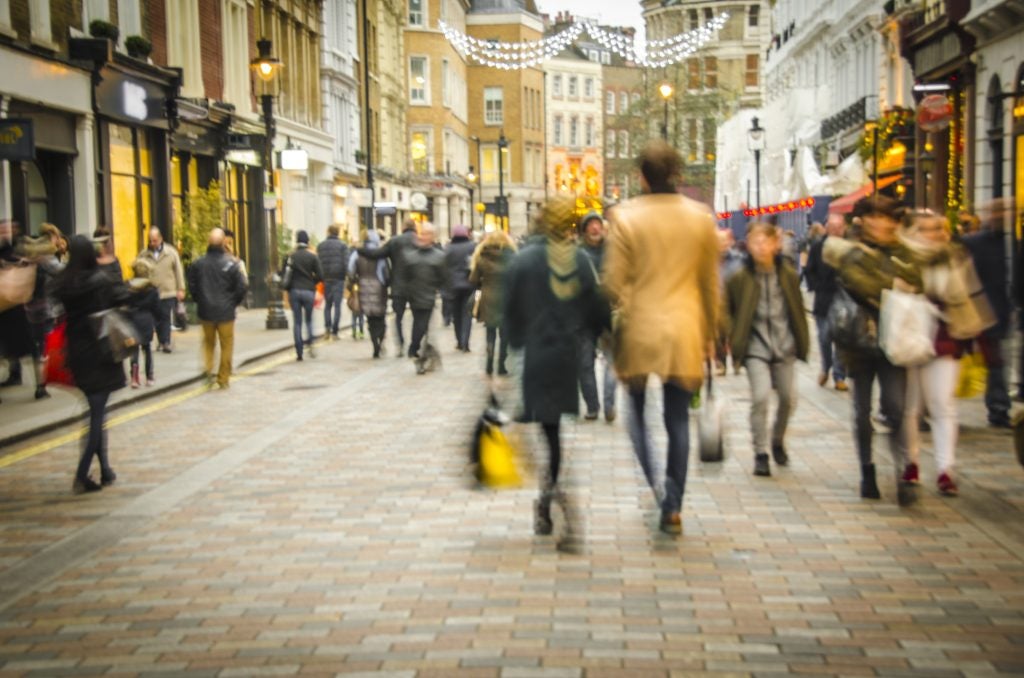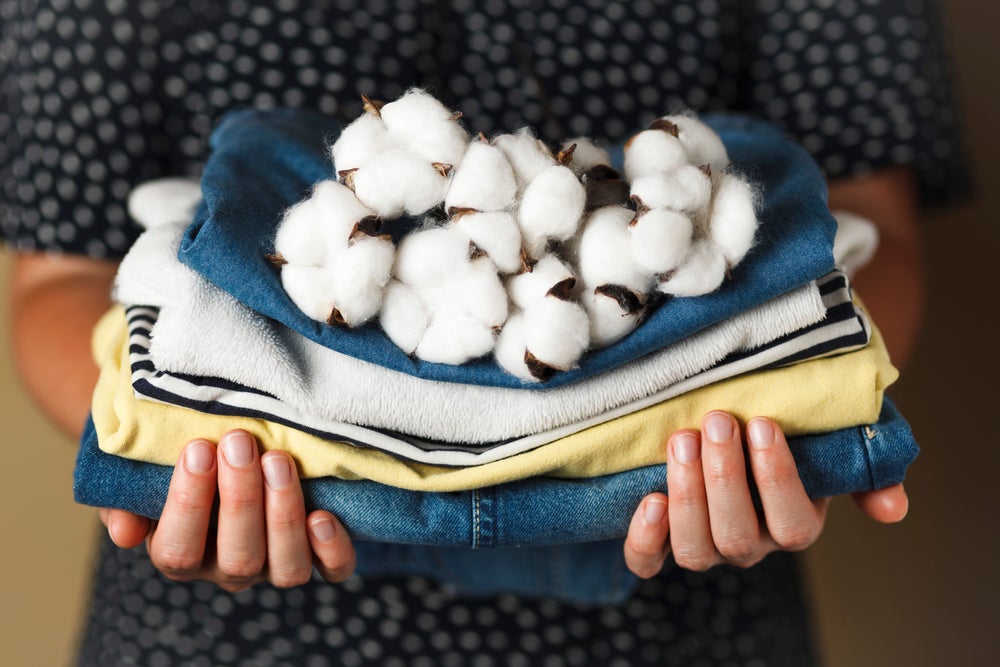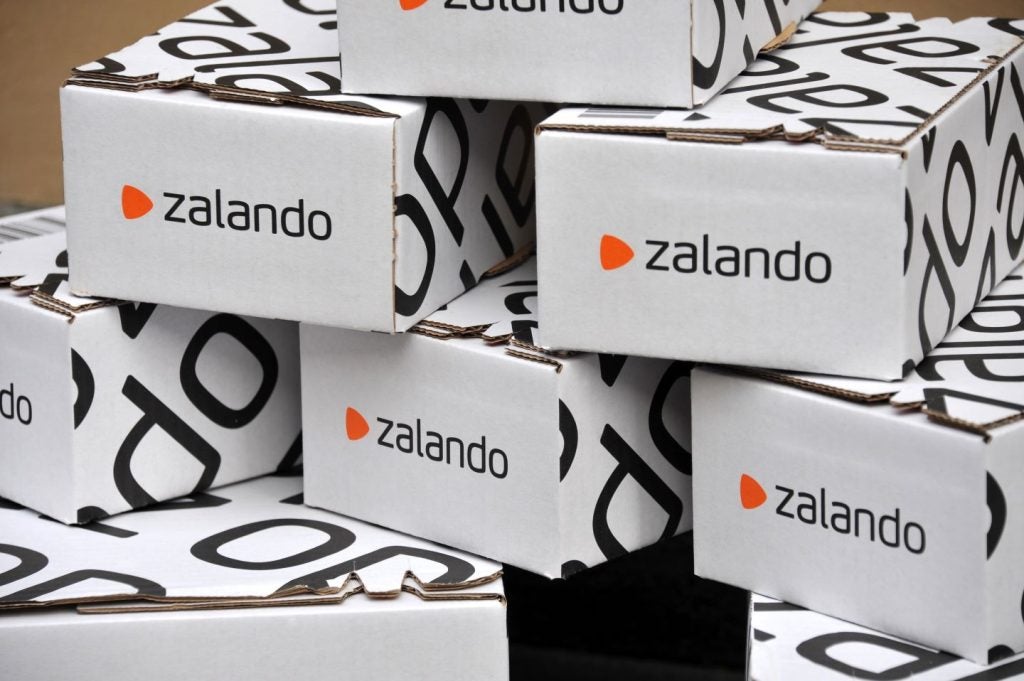Apparel brands signed up to WRAP’s voluntary scheme Textiles 2030 have managed to reduce the carbon impact of the textiles they produce by 12%, while reducing water use per tonne of product by 4% between 2019 and 2022.
WRAP says that these “impressive reductions” were made possible by positive steps taken towards more sustainable production and increased use of reused and recycled apparel.
However, the latest Textiles 2030 report also shows that these positive steps are being cancelled out by a 13% increase in the volume of textiles produced and sold by the brands in the scheme since 2019.
Higher production rates meant that overall water use by the apparel brands in the scheme has increased by 8% since 2019 – up to 3.1bn m³ in total.
Increased production also meant that the overall carbon reduction amounts to just 2%, despite the carbon impact reducing per tonne of textiles produced.
Fashion organisations signed up to the Textiles 2030 scheme include Asos, the Boohoo Group, Asda, Frasers Group, Marks and Spencer, the JD Group, the John Lewis partnership and Primark.
Last year, WRAP announced that the retailers and brands signed up to the Textiles 2030 scheme now make up almost two-thirds of clothing placed on the UK market.
The new report says that the businesses involved in the scheme have made “solid progress”, particularly with the use of recycled materials. It says recycled polyester and polyamide is increasing year-on-year, reducing the amount of products made using virgin materials.
Textile 2030 also says that member brands have made steps towards improving the durability and design of their products for recycling.
Textile 2030 signatories are also now sourcing 71% of their cotton from improved sources, through mainly the Better Cotton Initiative or Cotton Connect’s REEL Cotton Programme.
However, WRAP says that production is now clearly the main issue for the apparel sector.
WRAP’s director of behaviour change Catherine David says: “We need sustainable design, sustainable business models and more sustainable ways of buying and using clothes from more businesses. But production is clearly the key issue, and the onus is on businesses to make preloved part of their portfolio, so it’s accessible, easy and fun. Through Textiles 2030, many brands and retailers are already taking action, but there is a long way to go, and many more businesses who need to join us on this journey.”
However, WRAP also states that fashion consumers have a role to play in reducing emissions too and highlighted the increased number of take-back schemes already working in partnership with brands and retailers in the UK.
WRAP says the volume of used textiles collected and sold for reuse or recycling doubled between 2019 and 2022, although there is still a huge gap between the number of preloved and new products sold. WRAP says second-hand makes up just 9% of textiles placed on the market.
David adds: “We’re working with companies to improve clothes, but the other part of the equation is our role as shoppers. We [in the UK] buy more clothes than any other nation in Europe. Our research shows that a quarter of most wardrobes go unworn in a year and nearly a quarter of us admit to wearing clothes only a few times. Moving into winter is the perfect time to look through our wardrobes – wear what we have and consider whether it’s time to let something go. You can donate, sell, or give clothes away – it all helps them move around the economy and reduce the amount produced.”















